Discover Top Hypoallergenic Dog Breeds for Pure Comfort
If you love dogs but suffer from allergies, choosing the right breed can make all the difference. Hypoallergenic dog breeds are known for producing fewer allergens, making them more suitable for allergy sufferers. While no dog is 100% allergen-free, some breeds are less likely to trigger allergies due to their low-shedding coats and reduced dander production.
In this comprehensive guide, we will explore the top hypoallergenic dog breeds, their characteristics, and why they are great choices for allergy sufferers.
What Makes a Dog Hypoallergenic?
Before diving into the list of hypoallergenic dogs, it’s important to understand what makes a dog less likely to trigger allergies:
- Low Shedding: Less fur shedding means fewer allergens in the environment.
- Minimal Dander Production: Dander, tiny flakes of skin, is a common cause of allergies.
- Less Saliva Production: Some breeds produce less saliva, which can carry allergens.
- Hair Instead of Fur: Dogs with hair, like humans, often produce less dander.
Top Hypoallergenic Dog Breeds
Below is a list of some of the best hypoallergenic dog breeds for allergy sufferers.
1. Poodle (Standard, Miniature, and Toy)
Why they are hypoallergenic:
- Poodles have curly, non-shedding coats that trap dander.
- They require regular grooming to prevent matting and excessive dander.
- Intelligent and easy to train, making them great family pets.
2. Bichon Frise
Why they are hypoallergenic:
- Their soft, curly coat reduces dander and shedding.
- Playful, affectionate, and well-suited for families.
- Requires regular grooming to maintain coat health.
3. Maltese
Why they are hypoallergenic:
- Has a long, silky coat that does not shed excessively.
- Small in size and perfect for apartment living.
- Regular brushing and grooming are needed to maintain coat health.
4. Portuguese Water Dog
Why they are hypoallergenic:
- Their tight curls help trap dander and minimize shedding.
- Originally bred as a water retriever, they are highly active.
- Requires frequent grooming to maintain coat texture.
5. Labradoodle (F1B and Multigenerational)
Why they are hypoallergenic:
- A mix between a Labrador Retriever and a Poodle, often bred for a low-shedding coat.
- Not all Labradoodles are hypoallergenic, so choosing an F1B or multi-generational mix is best.
- Highly intelligent and friendly, making them great therapy and service dogs.
6. Schnauzer (Miniature, Standard, and Giant)
Why they are hypoallergenic:
- Their wiry coats shed minimally, reducing allergens.
- Highly intelligent and protective, great as a guard dog.
- Regular hand-stripping or grooming helps maintain coat health.

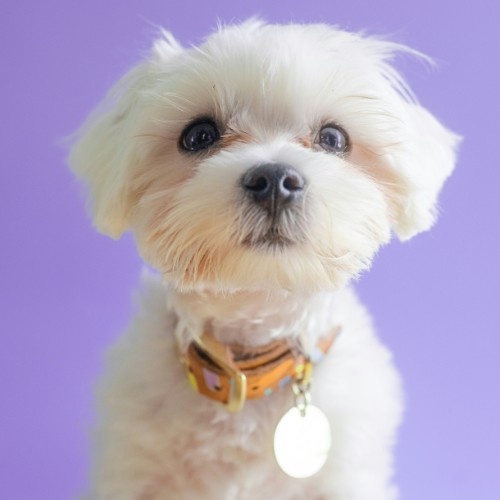

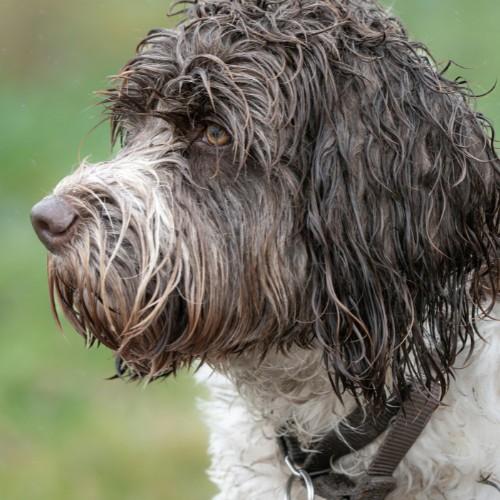
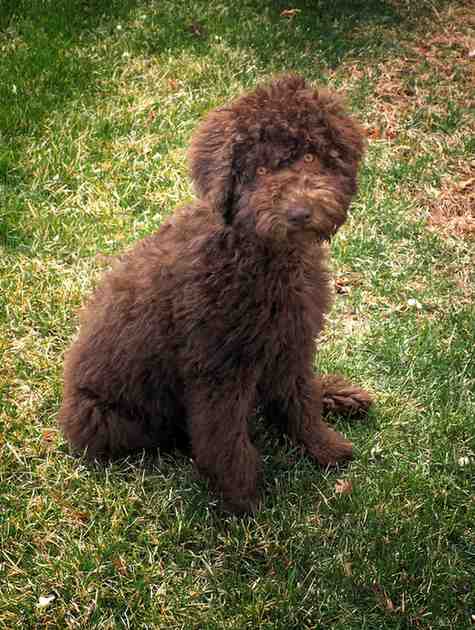
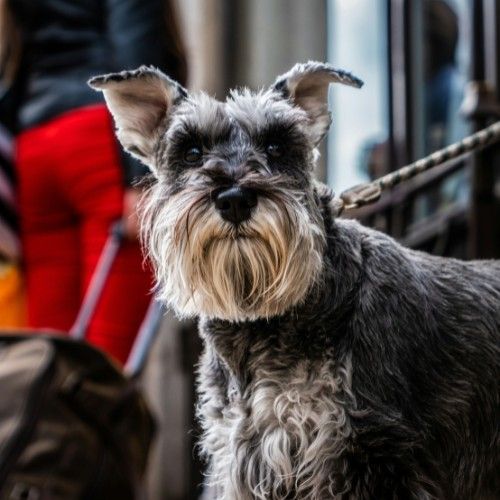
7. Yorkshire Terrier
Why they are hypoallergenic:
- Has fine hair instead of fur, reducing shedding and dander.
- Small, affectionate, and perfect for small homes.
- Requires regular grooming and brushing.
8. Shih Tzu
Why they are hypoallergenic:
- Their long, flowing hair does not shed as much as other breeds.
- Known for their affectionate and friendly nature.
- Requires consistent grooming to prevent tangles.
9. Irish Water Spaniel
Why they are hypoallergenic:
- Has tight curls similar to a Poodle, reducing dander spread.
- Highly energetic and great for active families.
- Needs frequent grooming to prevent matting.
10. Xoloitzcuintli (Mexican Hairless Dog)
Why they are hypoallergenic:
- Available in both hairless and coated varieties, with the hairless version being ideal for allergy sufferers.
- Ancient breed with minimal grooming needs.
- Low maintenance but requires skin care for the hairless variety.
11. Afghan Hound
Why they are hypoallergenic:
- Has a long, silky coat that sheds minimally.
- Independent yet affectionate, making them great companions.
- Needs frequent grooming due to long hair.
12. Basenji
Why they are hypoallergenic:
- Short-haired breed that does not shed excessively.
- Known as the “barkless dog” due to their unique vocalizations.
- Requires minimal grooming.
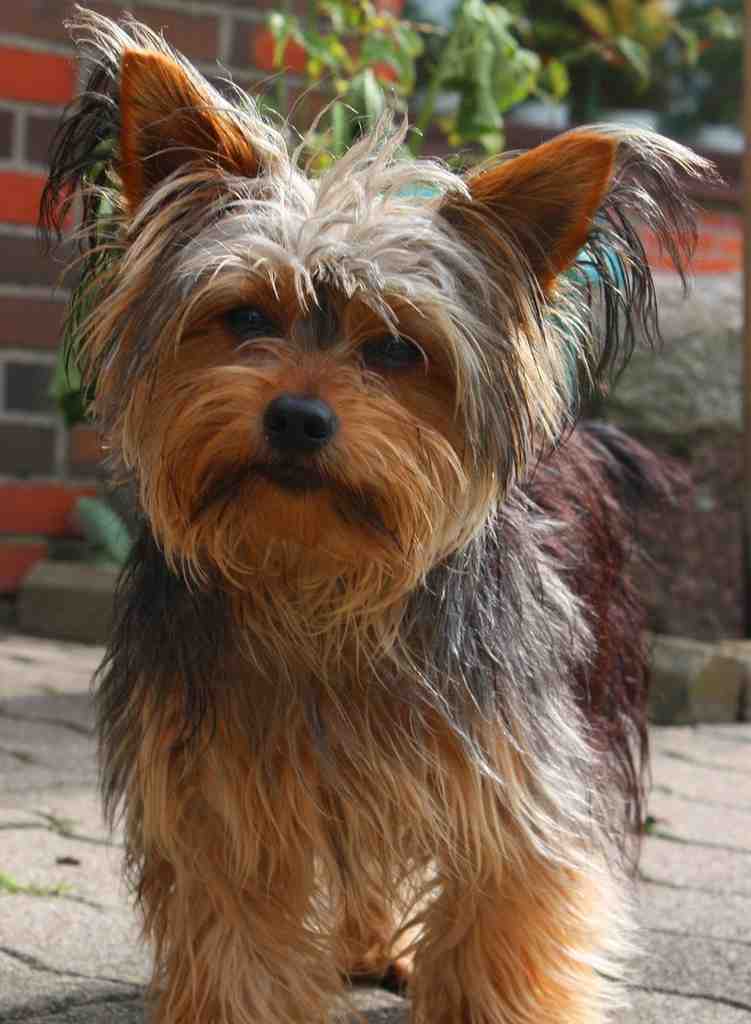
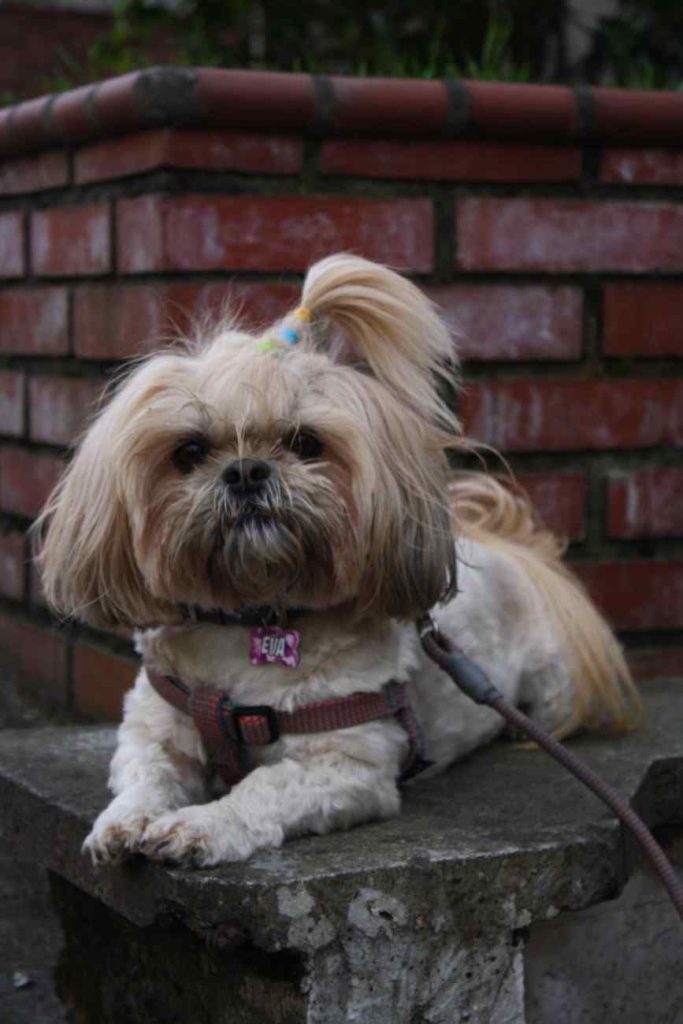

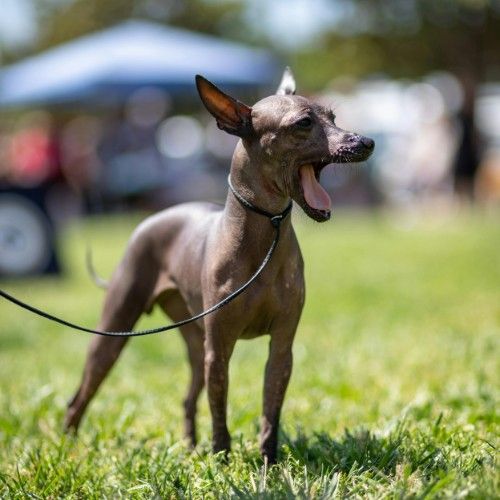
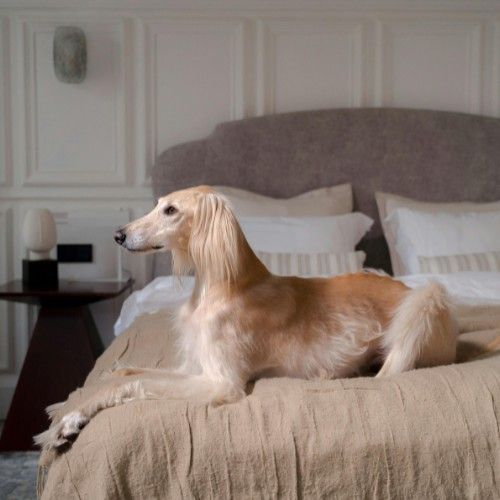
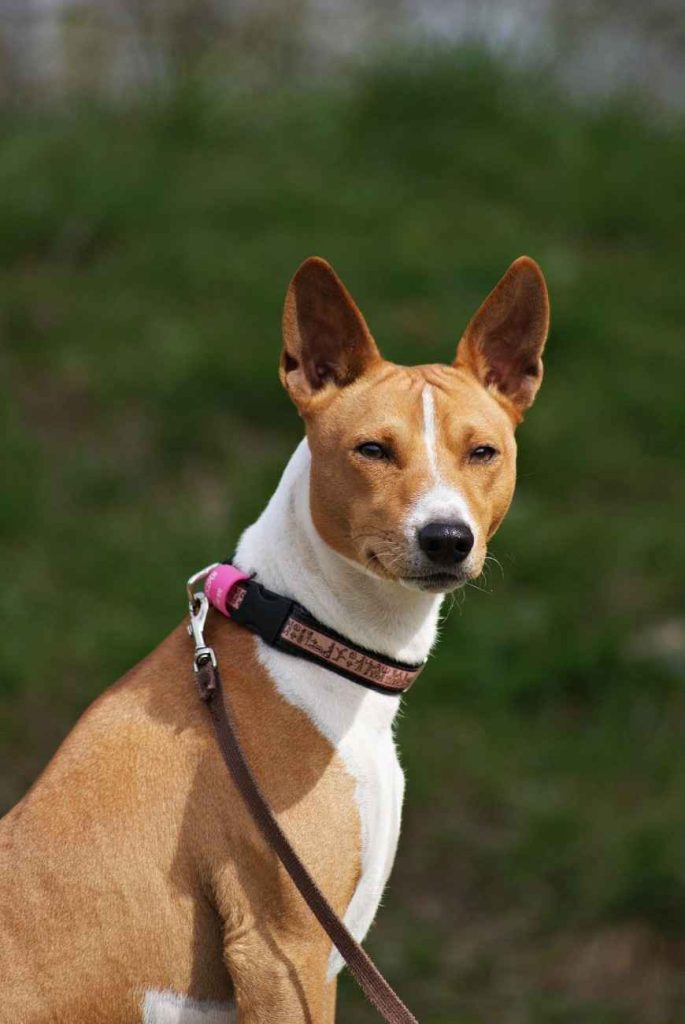
Tips for Managing Allergies with Dogs
Even with hypoallergenic breeds, there are some steps you can take to minimize allergens in your home:
- Regular Grooming: Bathe and brush your dog frequently to reduce dander.
- Clean Your Home Often: Vacuum carpets, furniture, and use HEPA air filters.
- Wash Pet Bedding: Keep dog beds, toys, and blankets clean.
- Keep Dogs Off the Bed: Designate pet-free areas in the home.
- Consult a Doctor: If allergies persist, consult an allergist for medication or immunotherapy.
Final Thoughts
For allergy sufferers, choosing a hypoallergenic dog breed can make pet ownership much more manageable. While no breed is completely free of allergens, the dogs listed above have coats and characteristics that reduce the likelihood of triggering allergic reactions.
Before bringing a dog home, spend time with the breed to see how you react, and maintain a clean environment to further minimize allergens. With the right breed and care, you can enjoy the companionship of a dog without severe allergy symptoms.
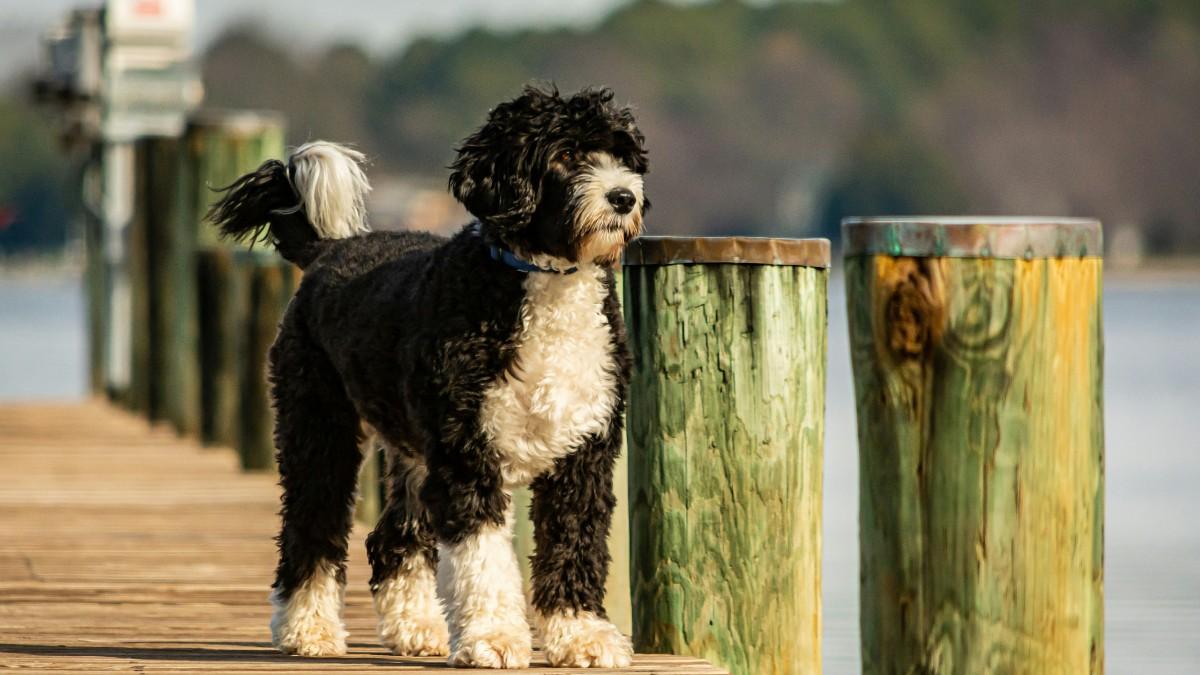
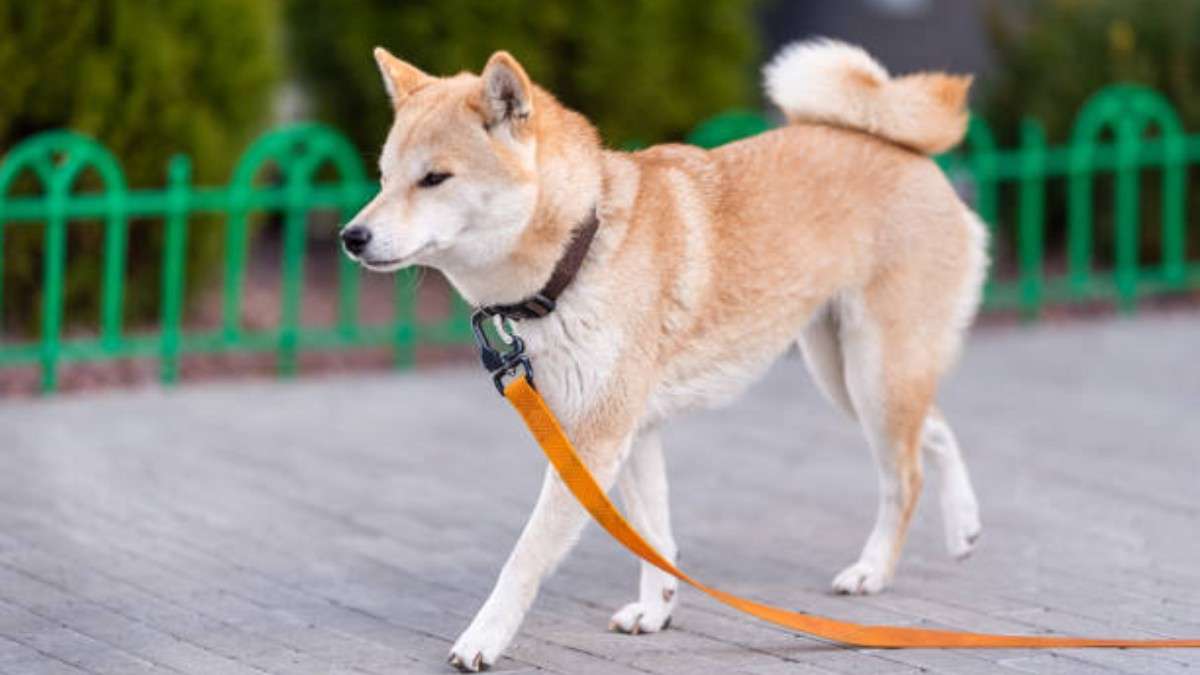
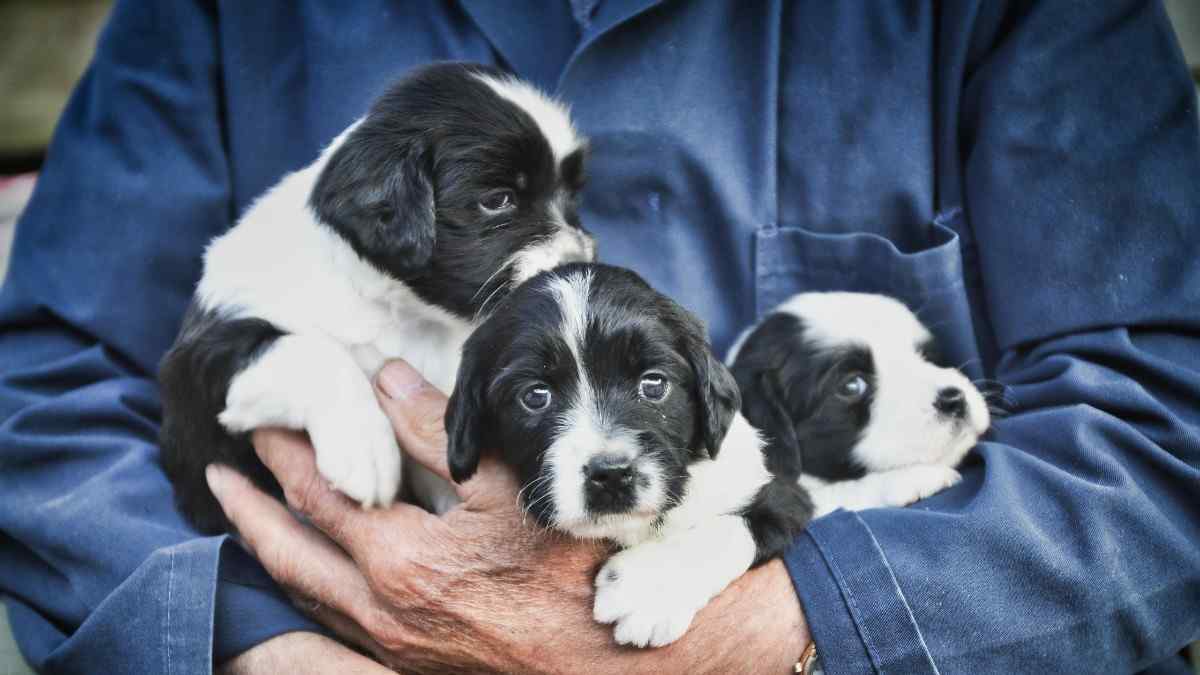
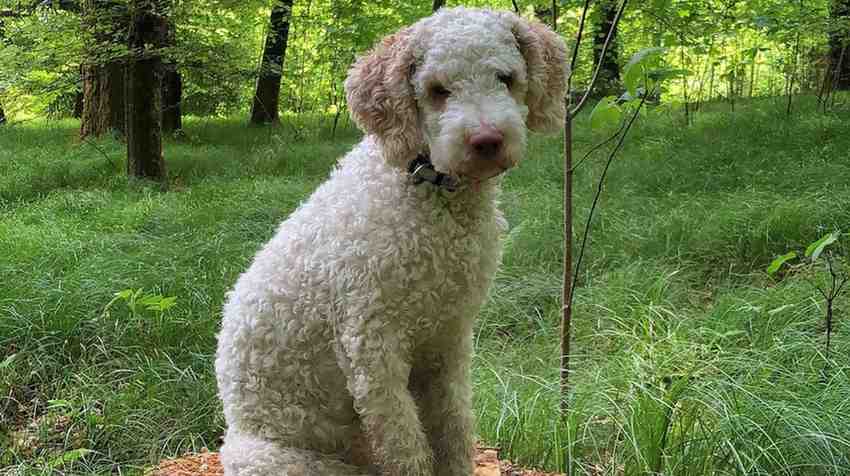
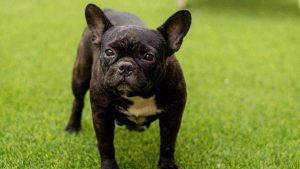
Post Comment